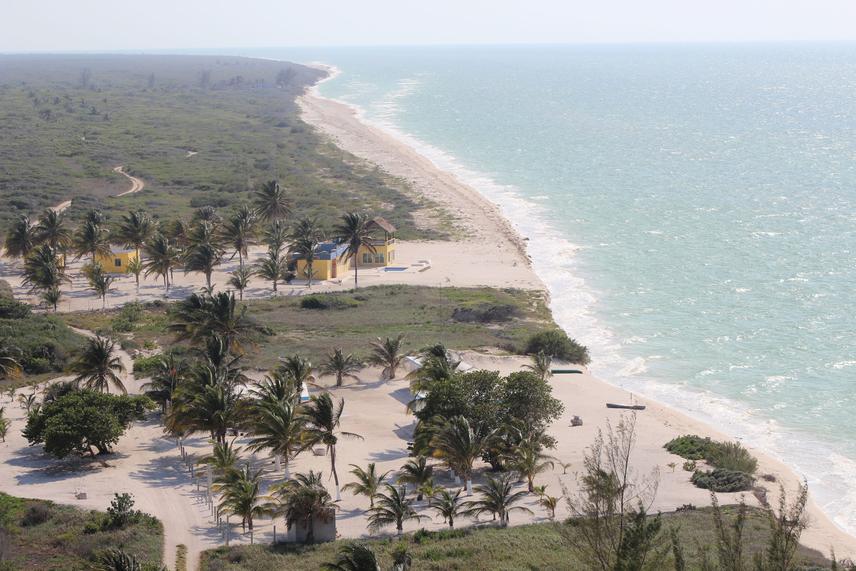Anay Serrano Rodríguez
Other projects
7 May 2015
Evaluating the Fragmentation of Potential Habitat of Campylorhynchus yucatanicus, an Endemic Bird of Yucatan Peninsula for Conservation Aims
9 Oct 2017
Genetic Diversity of an Endangered and Endemic Bird of Yucatan Peninsula (Campylorhynchus yucatanicus) for Conservationist Aims II
Campylorhynchus yucatanicus (Aves, Troglodytidae) is an endemic bird of the northern coast of the Yucatán Peninsula, Mexico, with a restricted distribution in a narrow strip of habitat between the states of Campeche and Yucatán. We believe that C. yucatanicus should be moved from the IUCN BirdLife International category of “Near Threatened” to “Critically Endangered”, as suggested by the official Mexican criteria of the Secretary of Environment and Natural Resources of Mexico. The potential distribution model of C. yucatanicus shows an area of approximately 2,711 km², which is 2% of the total area of the Yucatán Peninsula. Within this area, only 10% belongs to core conservation zones, with land use restrictions and relatively effective protection.

Habitat of the Yucatan wren (Campylorhynchus yucatanicus) in El Palmar, Yucatan, Mexico. © Annery Serrano Rodríguez.
This species is a habitat specialist and is restricted to a climatic niche. In addition, the habitat is fragmented and disconnected, and the threats are consistent across almost all of its distribution. To identify anthropogenic barriers to the connectivity of C. yucatanicus, we examined the relationship between the genetic variability of the species’ population at each sampled site and landscape structure using regression models, in addition to the relationship between genetic distance and landscape resistance. Seven nuclear microsatellite loci were used as genetic markers, resulting in four genetic populations of C. yucatanicus, highlighted by the clustering method implemented in the Geneland programme. Human settlement and the availability of suitable habitat were significantly related to genetic distance, suggesting limited connectivity between sites due to ongoing land use changes. Our DIYABC RF results also indicate that C. yucatanicus has recently experienced a population decline, likely related to Holocene climate and vegetation changes.
On the other hand, anthropogenic landscape fragmentation could affect nest survival and parental care. However, it is not yet known how landscape configuration affects these reproductive processes. We need to identify which elements of the environment are important for juvenile survival and nesting. This project would allow us to gather more evidence to evaluate the threat category, considering reproductive aspects such as nest survival. The identification of landscape elements that are related to survival, parental care, and nest predation of the species is fundamental for habitat management focused on the conservation of C. yucatanicus. In addition, workshops with community representatives will allow us to implement an action plan for the species, as we carry out environmental education and training activities in the communities of Celestún, Sisal, Progreso, and Dzilam.
Header: Yucatan wren (Campylorhynchus yucatanicus) on the northern coast of the Yucatan Peninsula, Mexico. © Annery Serrano Rodríguez.